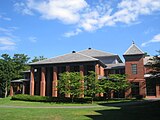
Southborough is a town in Worcester County, Massachusetts, United States. It incorporates the villages of Cordaville, Fayville, and Southville. Its name is often informally shortened to Southboro, a usage seen on many area signs and maps, though officially rejected by town ordinance. At the 2020 census, its population was 10,450 in 3,542 households.

Groton School is a private college-preparatory day and boarding school located in Groton, Massachusetts. It is affiliated with the Episcopalian tradition.

St. Paul's School is a college-preparatory, coeducational boarding school in Concord, New Hampshire, affiliated with the Episcopal Church. The school's 2,000-acre (8.1 km2), or 3.125 square mile, campus serves 540 students, who come from 37 states and 28 countries.

Milton Academy is a co-educational, independent, and college-preparatory boarding and day school in Milton, Massachusetts educating students in grades K–12. The Lower School educates day students and the Upper School educates a roughly even mixture of boarding and day students.
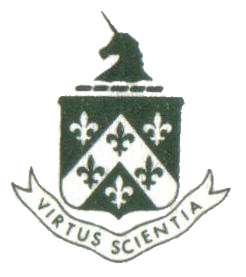
The Hockaday School is an independent, secular, college preparatory day school for girls located in Dallas, Texas, United States. The boarding school was for girls in grades 8–12 and the day school is from pre-kindergarten to grade 12. The Hockaday School is accredited by the Independent Schools Association of the Southwest.
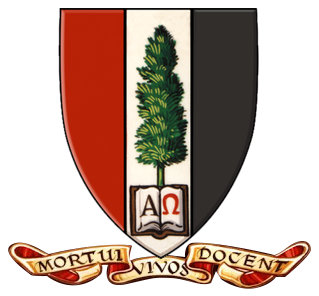
The Roxbury Latin School is a private, college-preparatory all-boys day school located in West Roxbury, Boston, Massachusetts. Founded in 1645 by Puritan missionary John Eliot, Roxbury Latin bills itself as the oldest boys' school in North America and the oldest school in continuous existence in North America.
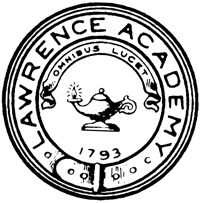
Lawrence Academy at Groton is a private, nonsectarian, co-educational college-preparatory boarding school located in Groton, Massachusetts. Founded in 1792 as Groton Academy and chartered in 1793 by Governor John Hancock, Lawrence is the tenth-oldest boarding school in the United States and the third-oldest in Massachusetts, following The Governor's Academy (1763) and Phillips Academy at Andover (1778).

Belmont Hill School is an independent boys school on a 32-acre (130,000 m2) campus in Belmont, a suburb of Boston. The school enrolls approximately 440 students in grades 7–12, separated into the Middle School and the Upper School, and refers to these grades as "Forms" with a Roman Numeral I through VI. While the majority of attending students are day students, there are some who enroll in the school's five-day boarding program, which becomes an option for students in their 9th grade year.
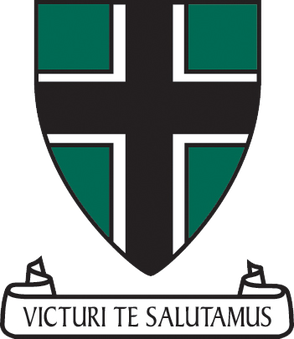
Brooks School is a private, co-educational, college-preparatory boarding school in North Andover, Massachusetts, United States, on the shores of Lake Cochichewick.

Cushing Academy is a private, coeducational college-preparatory school for boarding and day students in Ashburnham, Massachusetts, United States. It serves approximately 400 students in grades 9–12 and a postgraduate year.
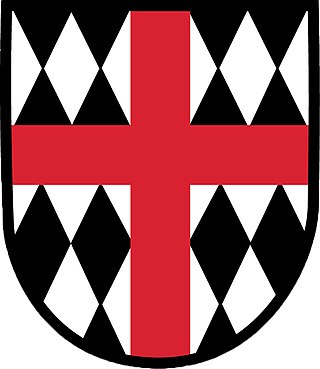
St. George's School is a private, Episcopal, co-educational day and boarding school in Middletown, Rhode Island, a suburb of Newport. The school is built on a hill overlooking the Atlantic Ocean.
The Independent School League (ISL) is an athletic conference of sixteen private college-preparatory schools in Greater Boston. Its parent organization is the New England Preparatory School Athletic Council (NEPSAC). Founded in 1948, the ISL sponsors competitions in twenty-five sports.

Deerfield Academy is an independent college-preparatory boarding and day school in Deerfield, Massachusetts. Founded in 1797, it is one of the oldest secondary schools in the United States.
Robert Helyer Thayer was an American lawyer, naval officer and diplomat.

Saint James School is an independent boarding and day school in the U.S. state of Maryland. Founded in 1842 as the College and Grammar School of St. James's, the school is a coeducational college preparatory school and the oldest Episcopal boarding school in the United States founded as a boarding school proper.

Choate Rosemary Hall is a private, co-educational, college-preparatory boarding school in Wallingford, Connecticut, United States. Founded in 1890, it took its present name and began a co-educational system with the 1971 merger of The Choate School for boys and Rosemary Hall for girls. It is part of the Eight Schools Association and the Ten Schools Admissions Organization.

Fay School, founded in 1866 by the Fay sisters, is an independent, coeducational day and boarding school located in Southborough, Massachusetts.

The Lawrenceville School is a coeducational preparatory school for boarding and day students located in the Lawrenceville section of Lawrence Township, in Mercer County, in the U.S. state of New Jersey. Lawrenceville is a member of the Eight Schools Association and the Ten Schools Admissions Organization.

Middlesex School is a coeducational, independent, and non-sectarian high school located in Concord, Middlesex County, Massachusetts. Founded in 1901 to educate the children of wealthy Boston Brahmin families, Middlesex introduced a national scholarship program in 1935 and currently educates 420 students from 32 U.S. states and 20 countries.

The Holdovers is a 2023 American Christmas comedy-drama film directed by Alexander Payne and written by David Hemingson. Set in late 1970 and early 1971, the film stars Paul Giamatti as a strict classics teacher at a New England boarding school who is forced to chaperone a handful of students with nowhere to go on the Christmas break. Da'Vine Joy Randolph portrays the school cafeteria manager, and Dominic Sessa portrays one of the students who stays on campus.




